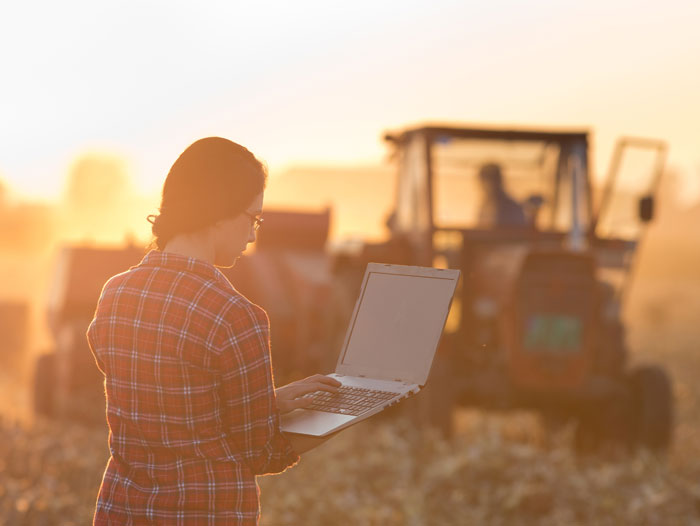Smart Farming: the Growing Role of Precision Agriculture and Biotech
January 8, 2021 | 1 min to read

Farming has always involved risk. Risk of pestilence, water shortages or excess, and weather events are only a few of the conditions affecting successful crop growth. Applied nutrients and crop protectors help plants thrive but can result in environmental harm. Given sustainability concerns, growing tomorrow’s food supply is even more fraught with challenges. The world’s population continues expanding, but available farming land is actually shrinking, inside and outside the U.S. And the demands are growing. Currently the planet contains 7.6 billion inhabitants, but the population is expected to expand to 9.8 billion by 2050. Farmers are tasked with feeding the world, but increasingly, they need to do so with fewer resources.
The good news is that agricultural technology designed to address this growing need is booming. Smart farming technologies are gaining steam, with innovations ranging from seed breeding to seed feeding to the ability to monitor crops and conditions in real time using sensors and internet of things (IoT) capabilities. Farmers can incorporate current and past weather data and field performance history, weaving in localized data for planning and crop management.
To read the rest of the story, please go to: Fast Company
